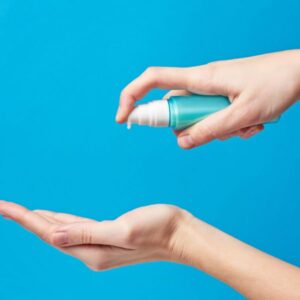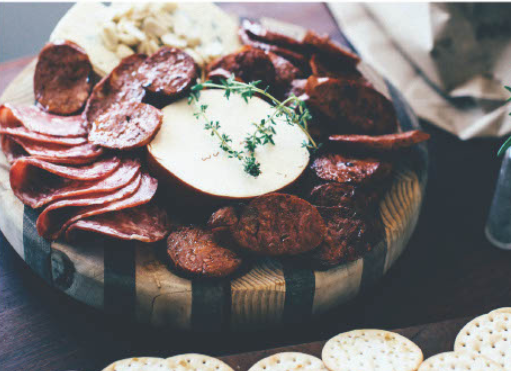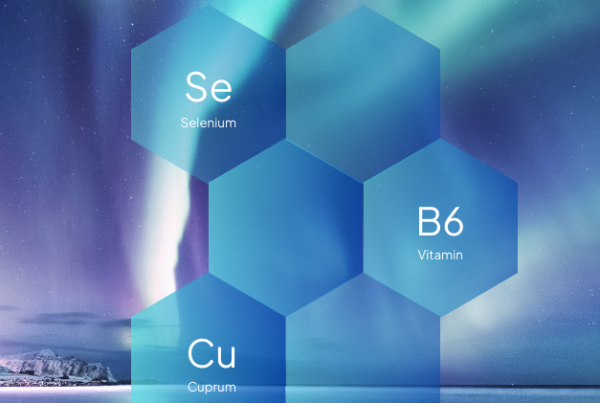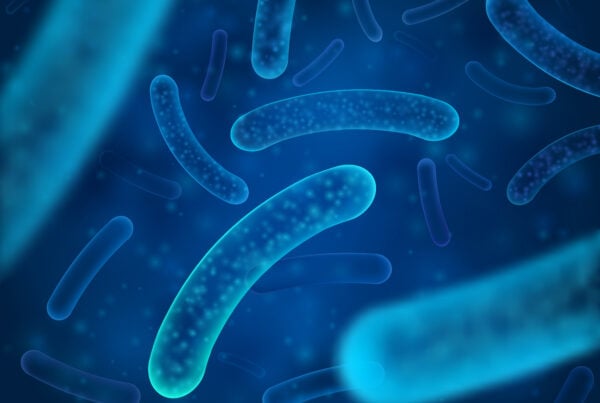 I am sure you’ve all seen it over the last few weeks – hand soaps, gels, and sanitisers in scarce supply at local supermarkets and pharmacies due to the current Covid situation. While hand washing with soap is still considered the gold standard for fighting harmful organisms, gels and sanitisers are popular alternatives. To meet the current demand increases in the UK, many manufacturers are now either importing or repurposing existing products.
I am sure you’ve all seen it over the last few weeks – hand soaps, gels, and sanitisers in scarce supply at local supermarkets and pharmacies due to the current Covid situation. While hand washing with soap is still considered the gold standard for fighting harmful organisms, gels and sanitisers are popular alternatives. To meet the current demand increases in the UK, many manufacturers are now either importing or repurposing existing products.
Whichever path is chosen, strict rules do apply to ensure product safety and efficacy, especially considering that these products fall at the intersection of a few different regulations.
A) PRODUCT CLASSIFICATION
Classification of antimicrobial hand gels, sanitisers and soaps are particularly troublesome as they sit at the cross-section of a few different types of product classes – cosmetic, biocide, medicine, or medical device. For such ‘borderline’ products, there is no blanket rule. Rather the classification must be evaluated on a case-by-case basis depending on:
- The primary function or intended purpose
- Presentation to consumer
- Claims made
Importantly, these criteria are co-dependent, so assessing all 3 in unison is key to a successful route to market. Here are a few scenarios to consider when classifying your product based on the primary function:
Primary Function or Intended Purpose
- The primary function is to clean or moisturise hands whilst having a secondary antimicrobial effect à This will most likely be a cosmetic.
- The primary function is to kill germs, disinfect, sanitise, or prevent cross contamination à This will most likely be a biocide.
- The primary function is to prevent or treat a disease or adverse condition à Then it will likely be a medicine. Further to this, if the product states that it is intended to prevent against a specific organism (e.g. flu virus) then it will be a medicine.
No matter what classification is most appropriate, there is a requirement to meet the strict regulatory requirement that follow before placing your product in the UK market.
B) CLAIMS
Product claims go hand in hand with the regulations. According to the cosmetic, medicinal and medical device regulations, any claim made must be substantiated with robust data. The scale of evidence required does differ depending on the classification pathway selected from in vitro tests to full scale human clinical trials. In some cases, the requirement is open to interpretation such as in the cosmetic regulations. Here, best practice is to follow standardised methodologies such as ISO and CEN.
Products that make general claims such as broad-spectrum antiviral claims are usually assessed on a case-by-case basis with consideration of the overall context and presentation to the average well-informed consumer. These claims may be classed as biocides rather than medicinal.
Specific claims on viruses, like ‘kills/protect against ___’ will indeed be a medicine. The MHRA’s position is that any claim that a product makes to suggest it can treat or prevent a virus or an infection associated with specifically named pathogens will be deemed medicinal. There is strong focus on specific pathogens such as MRSA, E.Coli and now Covid-19.
C) PRESENTATION
What about pictures and symbols? We often overlook the other visual aspects on the product presentation, thinking of it more for visual appeal. Here, if visual indicators suggest a specific microorganism, it could move the product classification to a medicine according to the MHRA. A case in 2005 was upheld by the MHRA whereby a product made claims regarding MRSA and bird flu.
With the evolving Covid-19 situation, the MHRA has stated that the average well-informed consumer may take general antiviral claims to mean that the product is also effective against Covid-19 and so any assessment will highlight the broad presentation of the product from a consumer’s perspective.
We should mention that with the current Covid-19 situation, the UK Government has introduced new temporary measures to help businesses who produce hand sanitisers and gels to better access the market. Guidance can be found here.
While the cosmetic regulation provides a relatively easy route to market for hand gels and sanitisers in the UK, they border very closely with 3 other regulations that can hinder marketing freedom. Manufacturers looking to enter the space need to have a clear-cut strategy from the start with the key points of primary function, presentation and claims well thought out. In the UK, the MHRA has extensive powers to enforce regulations and during Covid-19 times, misleading information may leave you in a pickle.
For over 15 years, RNI CONSULTING has been providing regulatory, scientific and clinical solutions to clients for the development of cosmetic and borderline products. Our vast expertise covers formulation development, communication assessment, marketing authorisation and claim substantiation. RNI CONSULTING’s work method is based on solid regulatory and scientific competencies together with strong relationships with European and International authorities.
We welcome any questions or points for discussion. Please do not hesitate to contact us at rni@rni-consulting.com



